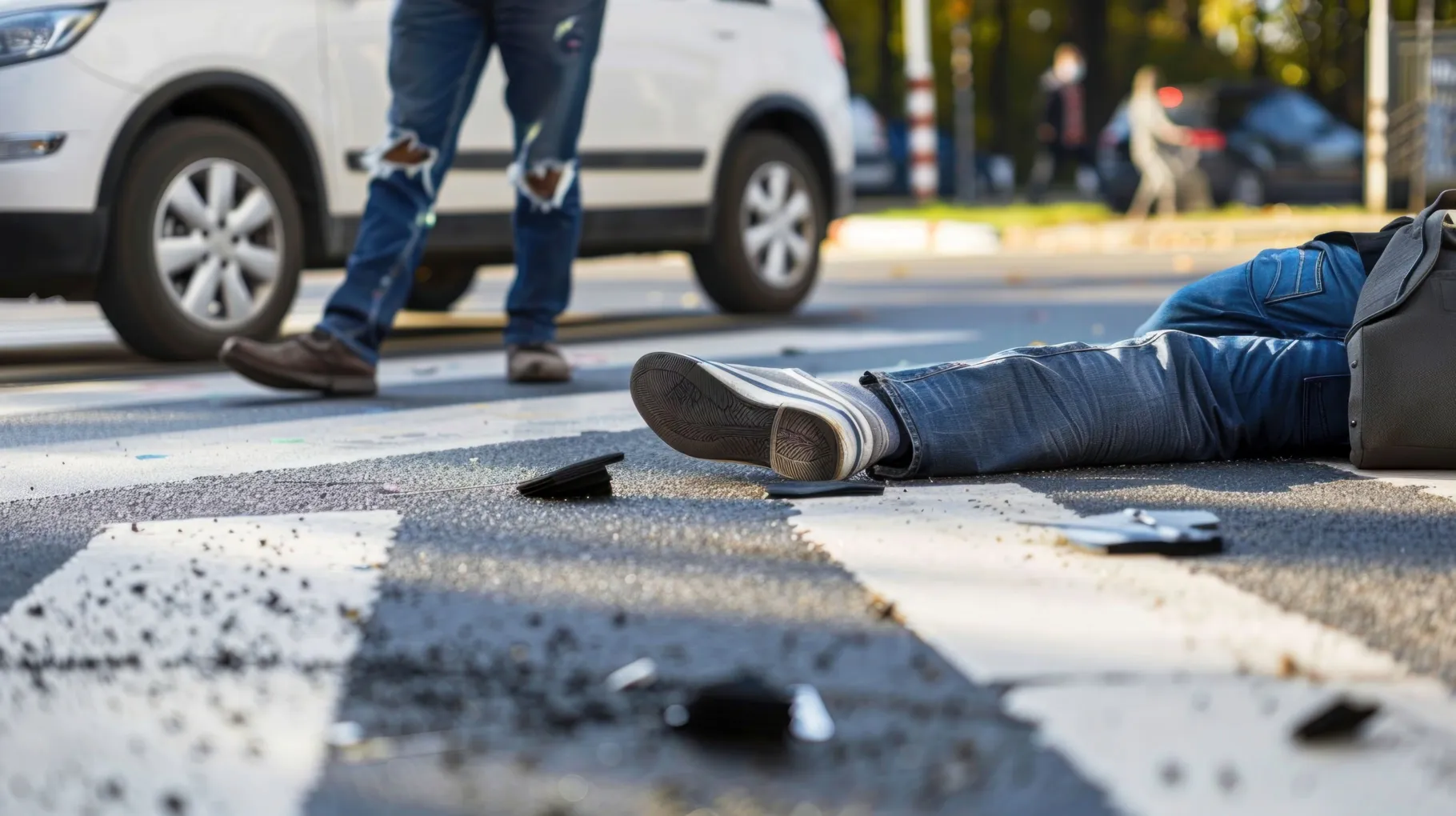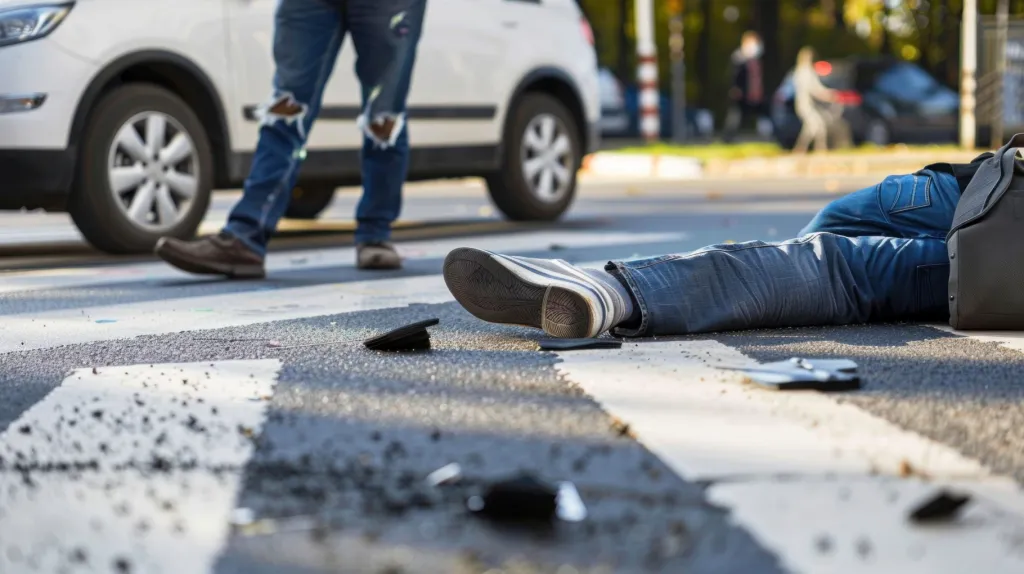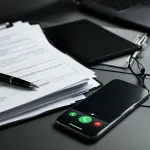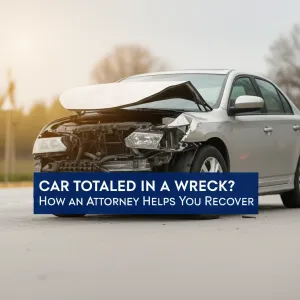Who Pays Your Medical Bills After a Pedestrian Accident?
- account_circle admin
- calendar_month Sen, 1 Sep 2025
- visibility 200
- comment 0 komentar

Who Pays Your Medical Bills After a Pedestrian Accident
KlikBabel.com – Who Pays Your Medical Bills After a Pedestrian Accident. Being involved in a pedestrian accident is a terrifying and often life-altering experience. Beyond the immediate physical trauma, one of the most pressing concerns for victims is, “Who will pay my medical bills?” The answer is rarely simple, involving a labyrinth of insurance policies, legal principles, and state-specific laws. Understanding these complexities is crucial for ensuring you receive the compensation needed for your recovery.

Who Pays Your Medical Bills After a Pedestrian Accident
The Immediate Aftermath: Prioritizing Care and Documentation
Before delving into who pays, your first priority must always be your health. Seek immediate medical attention, even if you feel fine. Some injuries, like internal bleeding or concussions, may not manifest symptoms right away. Timely medical documentation is also critical for any future claims.
Beyond medical care, take these steps:
- Report the Accident: Call the police to ensure an official report is filed. This document is invaluable.
- Gather Information: Collect contact and insurance details from the driver, and contact information from any witnesses.
- Document the Scene: Take photos of the accident scene, vehicle damage, your injuries, and any relevant road conditions or signage.
- Keep Records: Maintain meticulous records of all medical appointments, treatments, prescriptions, and related expenses.
The Primary Lines of Defense: Initial Payment Sources
Several potential sources may cover your medical expenses, often in a specific order depending on your state and individual circumstances.
1. Your Own Health Insurance
For many pedestrian accident victims, their personal health insurance (HMO, PPO, Medicare, Medicaid) is the first and most immediate payer for medical treatment. This is often the quickest way to get bills paid, allowing you to focus on recovery without delay.
However, health insurance isn’t a permanent solution for accident-related costs. It will cover your medical bills according to your plan’s terms (deductibles, co-pays, out-of-pocket maximums). If your health insurance pays for your accident-related medical care, it will likely have a right of “subrogation.” This means they can seek reimbursement from any settlement or judgment you receive from the at-fault party.
2. The At-Fault Driver’s Auto Insurance (Bodily Injury Liability)
If the driver of the vehicle was at fault for the accident, their bodily injury liability (BIL) coverage is designed to pay for the injuries and damages they cause to others. This is often the primary target for recovering your medical expenses, lost wages, pain and suffering, and other damages.
To access this coverage, you (or your attorney) must prove the driver’s negligence. This involves demonstrating that the driver failed to exercise reasonable care, and this failure directly caused your injuries. Negotiations with the driver’s insurance company typically begin after your medical treatment is complete, or at least stable, to fully assess the extent of your damages.
3. Personal Injury Protection (PIP) or Medical Payments (MedPay) Coverage
These coverages, sometimes referred to as “no-fault” coverages, are crucial in many pedestrian accident scenarios.
- Personal Injury Protection (PIP): Available primarily in “no-fault” states, PIP covers your medical expenses and sometimes lost wages, regardless of who was at fault for the accident. In some no-fault states, a pedestrian may be able to claim PIP benefits from their own auto insurance policy (if they own a car), a resident relative’s policy, or even the striking vehicle’s PIP coverage. The rules vary significantly by state.
- Medical Payments (MedPay): Available in “at-fault” states and sometimes offered as an add-on in no-fault states, MedPay is similar to PIP but usually has lower coverage limits and typically only covers medical expenses (not lost wages). If you have MedPay on your own auto policy, it may cover your medical bills as a pedestrian. In some cases, the driver’s MedPay coverage might also be available to you, regardless of fault, up to its limits.
These coverages are often beneficial because they can provide quick access to funds for medical care without waiting for a fault determination.
When Primary Sources Aren’t Enough: Other Avenues for Recovery
What happens if the driver is uninsured, underinsured, or their policy limits are insufficient to cover your extensive medical bills?
4. Your Own Uninsured/Underinsured Motorist (UM/UIM) Coverage
If you have UM/UIM coverage on your own auto insurance policy, it can be a lifesaver.
- Uninsured Motorist (UM): Pays for your damages if the at-fault driver has no insurance.
- Underinsured Motorist (UIM): Kicks in when the at-fault driver’s liability limits are not enough to cover the full extent of your damages.
UM/UIM coverage applies even when you are a pedestrian, not just when you are driving your own car. This coverage typically mirrors your own bodily injury liability limits.
5. Government Programs or Liens
In some cases, if you lack health insurance and other options are exhausted, you might rely on government-funded programs like Medicaid. These programs will typically place a lien on any future settlement or judgment you receive, meaning they must be reimbursed from those funds.
6. A Personal Injury Lawsuit
If negotiations with insurance companies fail, or if the damages are substantial and exceed available insurance coverage, filing a personal injury lawsuit against the at-fault driver may be necessary. A lawsuit allows you to seek compensation for all your damages, including medical bills, future medical expenses, lost income, pain and suffering, emotional distress, and more. This process can be lengthy and complex, often requiring expert legal representation.
Understanding Fault and Liability: The Key to Recovery
In “at-fault” states, establishing who was responsible for the accident is paramount. If the driver is found entirely at fault, they (and their insurance) are responsible for your damages. However, if you, as the pedestrian, were partially at fault (e.g., jaywalking, not using a crosswalk), your recovery might be reduced or even barred under your state’s comparative or contributory negligence laws:
- Pure Comparative Negligence: You can recover damages even if you are mostly at fault, but your compensation is reduced by your percentage of fault.
- Modified Comparative Negligence: You can recover damages only if your fault is below a certain threshold (e.g., 50% or 51%). If you exceed that threshold, you recover nothing.
- Contributory Negligence (rare): If you are found even 1% at fault, you cannot recover any damages.
The Role of Subrogation: Paying Back What’s Owed
As mentioned, if your health insurance, PIP, or MedPay pays for your medical bills, they will often have a right of subrogation. This means they are entitled to be reimbursed from any settlement or judgment you receive from the at-fault party. Navigating these subrogation claims can be complicated, as these entities often seek full repayment, which can significantly reduce your net recovery. An experienced attorney can often negotiate these liens down, maximizing the amount you take home.
The Critical Role of Legal Counsel
Given the intricate web of insurance policies, liability laws, and potential legal challenges, consulting with an experienced personal injury attorney is highly advisable after a pedestrian accident. An attorney can:
- Investigate the accident and establish fault.
- Identify all potential sources of recovery.
- Handle communication with aggressive insurance adjusters.
- Negotiate with insurance companies on your behalf.
- Help you understand and manage subrogation liens.
- File a lawsuit if necessary and represent you in court.
- Ensure you meet all critical deadlines, such as the statute of limitations for filing a claim.
The question of who pays your medical bills after a pedestrian accident has no single, simple answer. It depends on numerous factors, including the specifics of the accident, the insurance policies involved, and the laws of your state. While your own health insurance or PIP/MedPay coverage might offer initial relief, ultimately, the at-fault driver’s insurance, your own UM/UIM coverage, or a personal injury lawsuit may be necessary to secure full compensation. Navigating this complex process successfully requires diligence, meticulous record-keeping, and, most importantly, the guidance of a skilled personal injury attorney dedicated to protecting your rights and ensuring you receive the care and compensation you deserve.
FAQ
1. What if I don’t have health insurance or auto insurance after a pedestrian accident?
If you don’t have health insurance or auto insurance with PIP/MedPay, your options become more limited but not nonexistent. You may still be able to claim medical expenses from the at-fault driver’s bodily injury liability coverage. Some hospitals may also work with you on a “lien basis,” meaning they will defer payment until your personal injury claim is settled, then be paid directly from your settlement funds. Additionally, state-specific victim compensation funds or Medicaid might be options. It’s crucial to consult an attorney immediately to explore all available avenues.
2. What if the pedestrian was partially at fault for the accident?
If you were partially at fault, your ability to recover damages depends on your state’s specific “comparative negligence” or “contributory negligence” laws. In most states, under comparative negligence, your compensation will be reduced by your percentage of fault. For example, if you sustained $100,000 in damages but were found 20% at fault, you would only recover $80,000. Some states have a “modified comparative negligence” rule, where if your fault exceeds a certain percentage (e.g., 50% or 51%), you may be barred from recovering any damages. An attorney can help determine your potential recovery based on your state’s laws.
3. How long do I have to file a claim for medical bills after a pedestrian accident?
The timeframe for filing a personal injury claim, including for medical bills, is governed by your state’s “statute of limitations.” This is a strict legal deadline, typically ranging from one to three years from the date of the accident, though it can vary. If you miss this deadline, you will likely lose your right to pursue compensation through the courts. It’s essential to consult with an attorney as soon as possible after an accident to ensure all deadlines are met and your legal rights are protected.
- Penulis: admin












Saat ini belum ada komentar